

Slowly but surely, the PS Vita continues to expand its library of gaming goodness. Taking a place amidst that growing collection is developer Media Molecule’s Tearaway. The papercraft-inspired platforming adventure has style to spare, but it does stumble from time to time in a few core ways and never quite realizes the potential that its initial trailer seemed to imply. Yet, despite some of these flaws, Tearaway does manage to offer an experience in which many Vita owners will find a few smiles.
Tearaway is a game of distractions. And while it is certainly true that many of these distractions are done with a great degree of charm and polish, the player’s enjoyment of or willingness to give in to said distractions will largely dictate just how well their experience with Tearaway plays out.
The distractions exist largely to misdirect the player from realizing that the genre-related foundation upon which the game is built is about as sturdy as the paper-crafted world the game presents. These include things like aesthetic direction, collectibles, customization, input variety and even some fourth-wall-breaking innovations, and they are all implemented with mostly remarkable results. Indeed, they have to be since the act of guiding the game’s protagonist from point A to point B is mostly remarkably average.
In that regard, Tearaway is a lot like Media Molecule’s LittleBigPlanet entries: A grand spectacle of achievement in every aspect except the one where it counts the most, the core game experience. It’s not all bad, in fact far from it. But one can’t help but wonder whether or not more time spent on things like mechanical pacing, storytelling or character development would have yielded more fruitful results than say making sure there are more than a dozen mouths to customize the main character with. With stronger mechanical implementation, the features listed as distractions would feel more like parts of a unified whole instead of something separate.
Tearaway introduces players to Iota, or Atoi if they choose the female playable paper-person. This cheery little courier, who is customizable to the nth degree, is tasked with delivering a message to the player, who has managed to break into the game world in the form of the sun. Excellent use of the Vita’s front-facing camera shows the player literally peering into the paper world through a giant hole throughout much of the game’s proceedings. Unfortunately this hole has also let Scraps into the world. These are essentially paper Goombas, They come in a shockingly small variety and are really the only physical threat to the hero, other than the usual platforming mishaps.
The premise here is a simple one, but its simplicity isn’t the issue. Rather it’s the lack of any urgency that leaves Tearaway feeling more like a leisurely stroll than an epic adventure. Sure, a message needs to be delivered, but why is it important? Is it important that it gets done now? It’s hard for the player to get motivated to pick up the handheld when the game’s protagonist doesn’t seem to have a very clear motivation either. Sadly, by the time the game gets around to letting the player in on the importance of their mission, it might be too late in terms of caring about it. And if the player doesn’t care about the main conflict, then it’s an uphill climb to get them to care about the collecting, the side quests, or any other part the game has to offer.
It is a fun bit of fourth-wall breaking that the player truly becomes a part of the game’s narrative, but it’s also one that is never truly capitalized on, again until the very end. If anything, the mishandling of this aspect almost serves to create an accidental distance between the player and the protagonist since a legitimate visual distance is being created on screen. It’s an odd bit of irony considering the theme of connectedness that runs through Tearaway’s wandering plot. For those who do make it to the end, there is a bit of surreal emotion that can be felt. Without giving away too much, and truly there isn’t much to give, the feeling of camaraderie that exists at the end of the game should have been prevalent for almost everything preceding it. Unfortunately, due to the protagonist’s complete lack of personality, it just isn’t.
Some of the slack left by the story is picked up by the gameplay mechanics. But again, this is a bit of a “hit or miss” affair. On this journey, the player will need to assist their crafty companion through some Scrap battles and with traversing the plethora of papery places. It’s in these moments that Tearaway shines. Utilizing nearly every input option available on Sony’s handheld, the player will tap, swipe, pinch, press, speak and tilt their hero to safety. The most novel bits happen when the player is actually represented on screen in some fashion. Whether taking a specifically posed selfie, or seeing their finger burst through the back of the Vita and into the game-world, these pieces of flair never get tiresome and are a joy to play with. Younger players with smaller hands may struggle when Tearaway requests that multiple inputs are given at once, but it’s never a progress-stopper.
Unfortunately, much like the game’s story, the mechanical pacing is also far too slow. New moves and interactions are developed too infrequently, and this ultimately removes any challenge as players are left to repeat the same actions too many times before encountering something new. Combine this with the aforementioned lack of any impending peril, and it results in levels that feel more like going through the same repetitive motions, even if they are generally fun motions, than two partners banded together on a quest. The last few levels do offer some truly compelling platforming segments and outshine the rest of the game by leaps and bounds. These portions are a delight to play and show off some true mastery of platform design. It’s a shame that these moments weren’t introduced sooner or sprinkled throughout the game more evenly.
Visually, the game’s papercraft approach is truly a fresh one. Watching paper waterfalls flow, flowers bloom and animals roam give the world a living, breathing feel that some AAA titles aiming for photorealism never come close to achieving. It’s a creatively astonishing piece of work that takes on a life of its own when one thinks about the fact that the entire game could be physically made in the real world; again this theme of connectedness permeates all aspects of the game. Media Molecule drives this idea home by giving players the ability to photograph certain items within the game, and then grab the papercraft plans for them online so that they can make them themselves and let the Tearaway’s world inhabit their own. It’s a great way to reinforce the developer’s ever-present DIY spirit.
The downside of the presentation is the frequent lack of texture to the paper itself. By contrast, items in LittleBigPlanet almost always looked like the materials they were made of. It gave them weight and a sense of physicality. Tearaway’s construction paper is often left looking a little too smooth, and therefore, despite a great variety of locales, things start to look a little flat and redundant. Additionally, touch-based interactive prompts could have been worked in more naturally instead of the shiny, silver eye-sores that they are.
Tearaway is a good game that never lives up to its great ideas. It is built on a couple of simple, yet powerful concepts. It features instances of grin-inducing pleasure and forces the player to both bask and participate in the river of creativity that flows both from the Vita and the player’s fingertips. Unfortunately there are also just too many times where dull pacing, bland platforming design, and a lack of narrative intrigue result in instances of borderline boredom and monotony. The wealth of expertly implemented distractions will be enough for many players to have a great time with this game and happily add it to their Vita library. For those who won’t be perpetually wowed by the fact that everything is made of paper, the shallow core experience will be hard to dismiss. Like the worst parental scoldings, Tearaway isn’t a game anyone is going to be mad at, just disappointed in.
Tearaway is available exclusively on the PlayStation Vita.
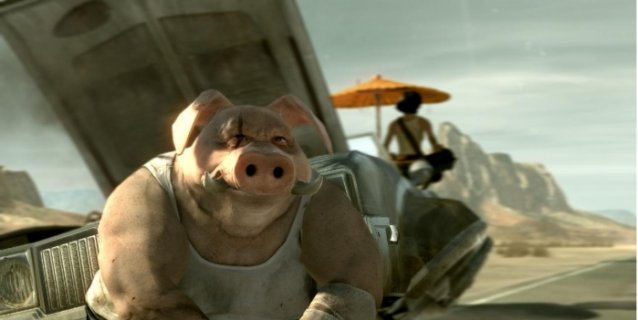
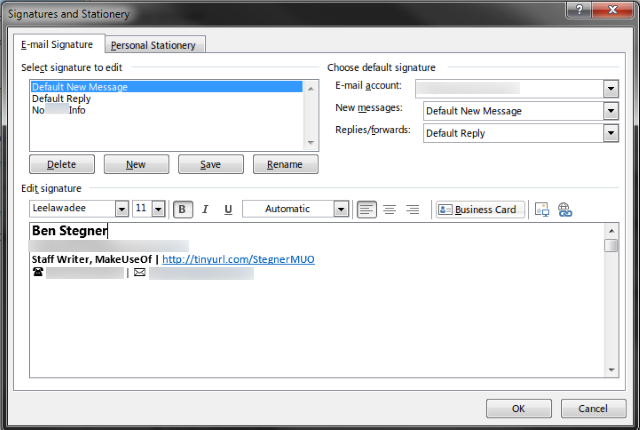


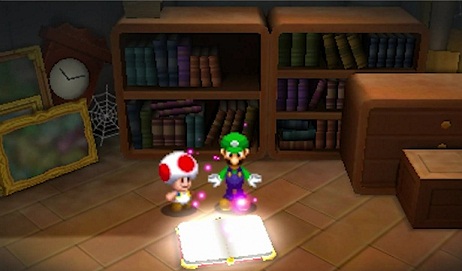 Mario and Luigi: Paper Jam Bros attacks locations
Mario and Luigi: Paper Jam Bros attacks locations Abolish Unoriginal Film and TV Tie-Ins!
Abolish Unoriginal Film and TV Tie-Ins!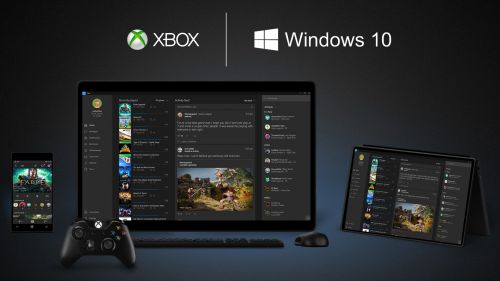 Windows 10 Guide: How To Stream Xbox One Games To Your Windows 10 PC
Windows 10 Guide: How To Stream Xbox One Games To Your Windows 10 PC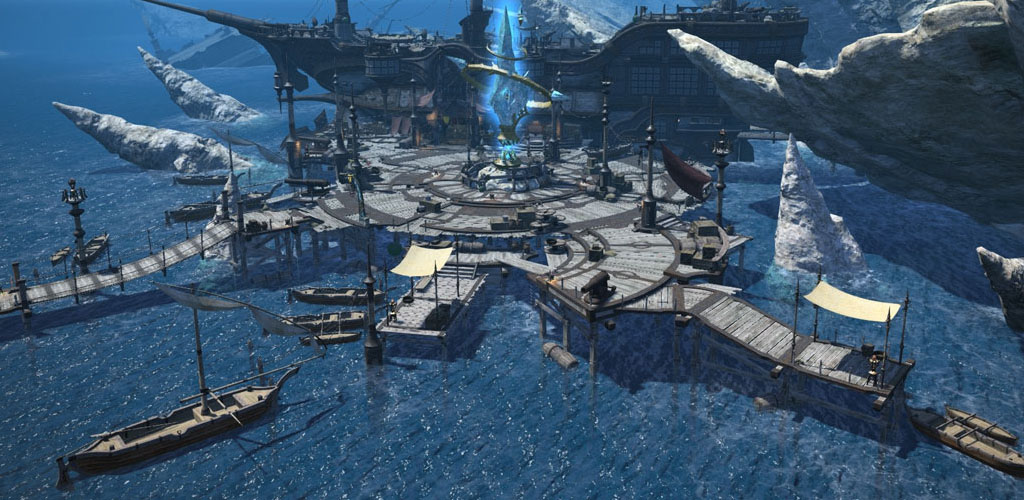 FFXIV PvP: Seal Rock(Seize) Tips for Victory
FFXIV PvP: Seal Rock(Seize) Tips for Victory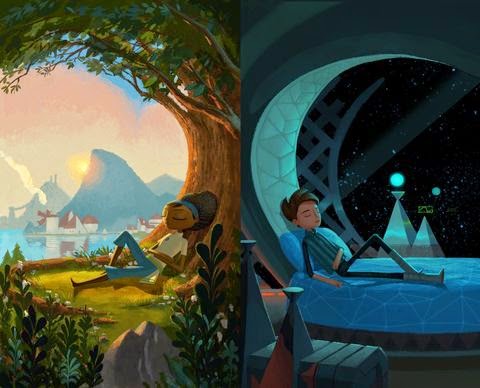 Broken Age PS VITA review
Broken Age PS VITA review